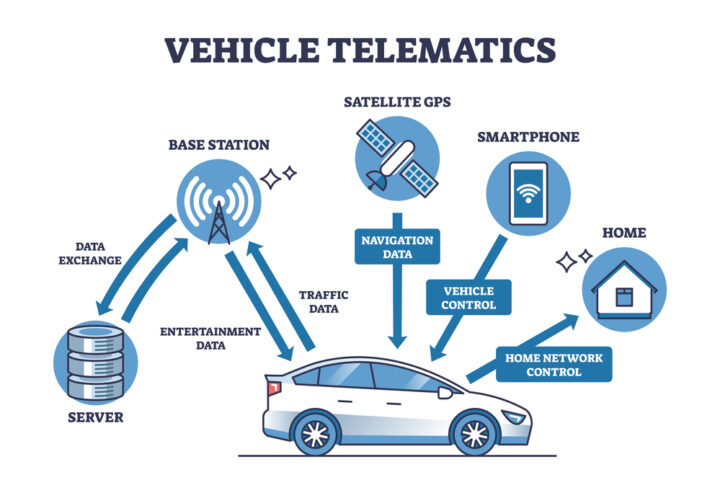As businesses increasingly prioritize sustainability and data security, IT Asset Disposition (ITAD) has emerged as a critical component of both IT strategy and environmental responsibility. In the context of the circular economy, ITAD services play a vital role in extending the life cycle of technology, reducing e-waste, and creating long-term value from retired IT assets.
What Is ITAD?
IT Asset Disposition (ITAD) refers to the process of safely and responsibly managing the end-of-life of IT assets, including servers, desktops, laptops, mobile devices, storage arrays, and networking equipment. While it might be tempting to store unused equipment in a closet—or worse, dispose of it without thought—this approach poses both security and environmental risks.
ITAD goes far beyond basic recycling. It includes a comprehensive range of services such as:
- Certified data erasure or physical destruction of data storage components
- Refurbishment and remarketing of usable hardware
- Ethical recycling of components that can no longer be reused
- Reporting and compliance documentation to meet regulatory standards
The goal is to minimize environmental harm, maximize asset value, and protect sensitive data throughout the disposition process.
ITAD and the Circular Economy
The circular economy is a systems-level approach that aims to eliminate waste and continually reuse resources. Unlike the traditional linear economy—take, make, dispose—the circular economy promotes durability, reuse, repair, and recycling.
ITAD services are a crucial enabler of this model by:
- Refurbishing and reselling usable hardware, reducing demand for new raw materials and manufacturing
- Recovering valuable materials such as gold, copper, and rare earth metals through responsible recycling processes
- Enabling hardware reuse, either internally within the organization or externally in secondary markets
- Ensuring proper disposal of components that cannot be repurposed or resold, following environmental regulations
By prolonging the useful life of IT assets, companies can drastically reduce their carbon footprint and contribute to global sustainability goals, such as those outlined in the United Nations Sustainable Development Goals (SDGs).
Moreover, ITAD aligns with corporate social responsibility (CSR) initiatives, signaling to customers, partners, and employees that the organization is committed to responsible consumption and production.
Security and Compliance Benefits
In addition to environmental advantages, ITAD services ensure data security and regulatory compliance. Proper data destruction techniques—such as secure wiping, degaussing, and shredding—are essential to prevent data leaks. Compliance with standards like GDPR, ISO 27001, and NIST 800-88 helps protect sensitive information and build trust with stakeholders.
Cost Efficiency and ROI
Many organizations overlook the fact that ITAD can offer financial returns. Remarketed IT assets can generate revenue, while proper disposal avoids costs related to data breaches, legal fines, and storage of unused equipment. Partnering with a certified ITAD provider means businesses can turn a potential cost center into a value-generating process.
Choosing a Reliable ITAD Partner
To maximize the benefits of ITAD, it’s important to work with a trusted provider. Look for companies that:
- Follow recognized data destruction and environmental standards
- Offer transparency through audit trails and certificates
- Support reuse and recycling within a sustainable framework
- Provide tailored solutions for various IT environments
ITAD Is a Strategic Sustainability Move
Embracing ITAD services is more than a technical necessity—it’s a smart business decision aligned with the circular economy. By securing data, complying with regulations, and reducing environmental impact, companies can enhance both operational efficiency and corporate responsibility. Make the sustainable choice: treat IT asset disposition as a strategic opportunity, not just an end-of-life t







